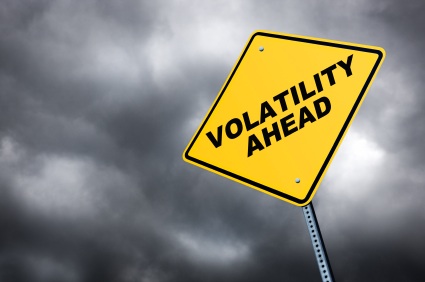Photo: Businessforecstblog.com
By Isaac Cohen*
To judge by the most recent stock market performance, until September, there was no pandemic and neither a recession had started. Several factors were influencing such behavior, such as the central bank injecting enough liquidity into financial markets and four relief packages, approved by Congress and the White House, These measures contributed to sustain a stock market rally, led by big high technology and biotech companies, which have increased their relative weight in market indexes to levels not seen since 1999.
It all started with the year, when Apple Inc. became the first US company to reach $2 trillion in market capitalization, closely followed by Alphabet-Google, Amazon, Facebook and Netflix. Together, these companies account for 40 percent of the S&P 500 Index and were leading the rally that ended in September, with an almost correction of 8.4 percent. Such a scare raised concerns about a deeper fall, as the dot com bubble burst in 2000, or the financial stocks peak of 2006, which preceded the Great Recession.
Thus far, in October volatility has prevailed. Several factors are contributing to the turbulence, such as the lack of agreement between the White House and the House of Representatives on another relief package, the questioning by President Donald Trump of the election results and also the recent antitrust lawsuit filed against Google by the Justice Department and 11 states.
*International analyst and consultant, former Director ECLAC Washington. Commentator on economic and financial issues for CNN en Español TV and radio, TELEMUNDO, UNIVISION and other media.




